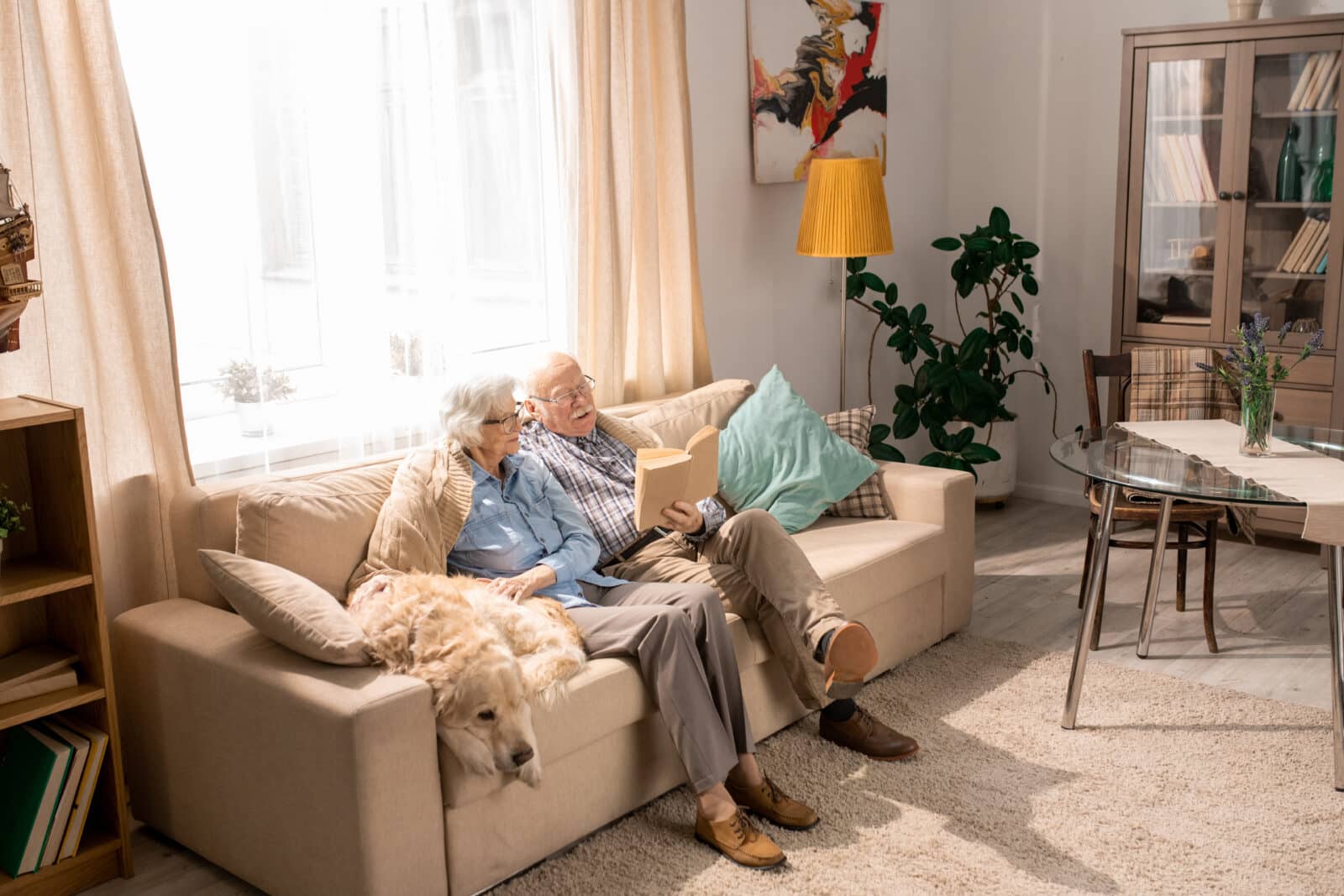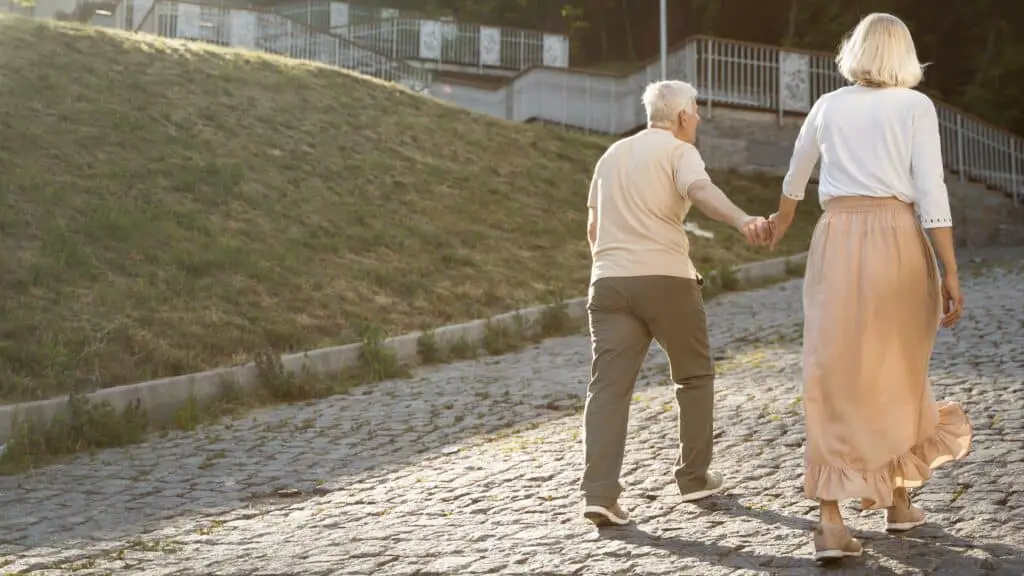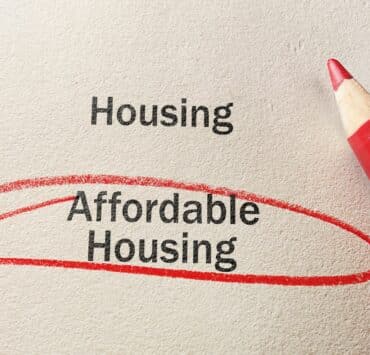The United States is facing a unique and pressing challenge: providing adequate housing for boomers. The demand for housing is undergoing a significant shift, with the baby boomer generation (those aged 65-84) emerging as the primary source of net change in housing demand across the nation. According to Fast Company, “There are currently more than 58 million people in the U.S. aged 65 or older, a number that’s expected to climb to over 80 million by 2040. Within the next decade, there will be 25 million people who are older than 75.”
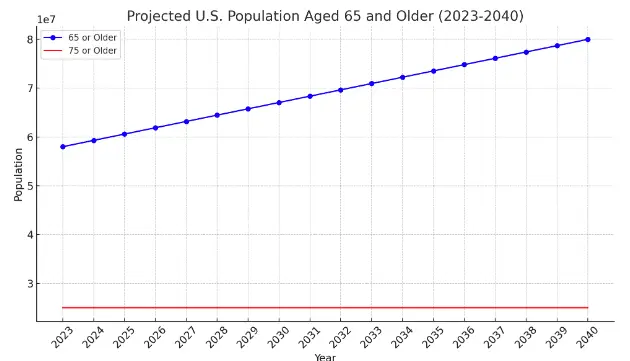
The Emerging Housing Crisis:
Currently, the U.S. housing market is not adequately prepared to meet the needs of the aging baby boomer population. By 2029, the number of households led by individuals aged 75-84 is expected to represent the most significant increase in housing demand. This trend is in stark contrast to the declining numbers in younger cohorts. The high homeownership rates among older age groups, peaking at just under 80% in the 65-85 brackets, indicate a substantial market presence but also hint at potential shortages and mismatches in suitable housing options for the elderly.

Inadequacies in Current Housing Stock:
The existing housing stock in the U.S. is not fully equipped to support the needs of an aging population. Many homes are not designed with the accessibility and safety features necessary for older residents, such as single-floor living, wider doorways, and no-step entries. Furthermore, there’s a growing demand for housing types that support independent living, assisted living, and other senior-oriented accommodations.
Strategies for Improvement:
Addressing this housing crisis requires a multifaceted approach:
- Development of Age-Friendly Housing: Increasing the construction of homes specifically designed for older adults, including features for enhanced mobility and safety.
- Policy and Planning Initiatives: Implementing policies that encourage the development of senior-friendly housing and communities.
- Revitalization of Existing Stock: Modifying existing homes to make them more suitable for aging residents.
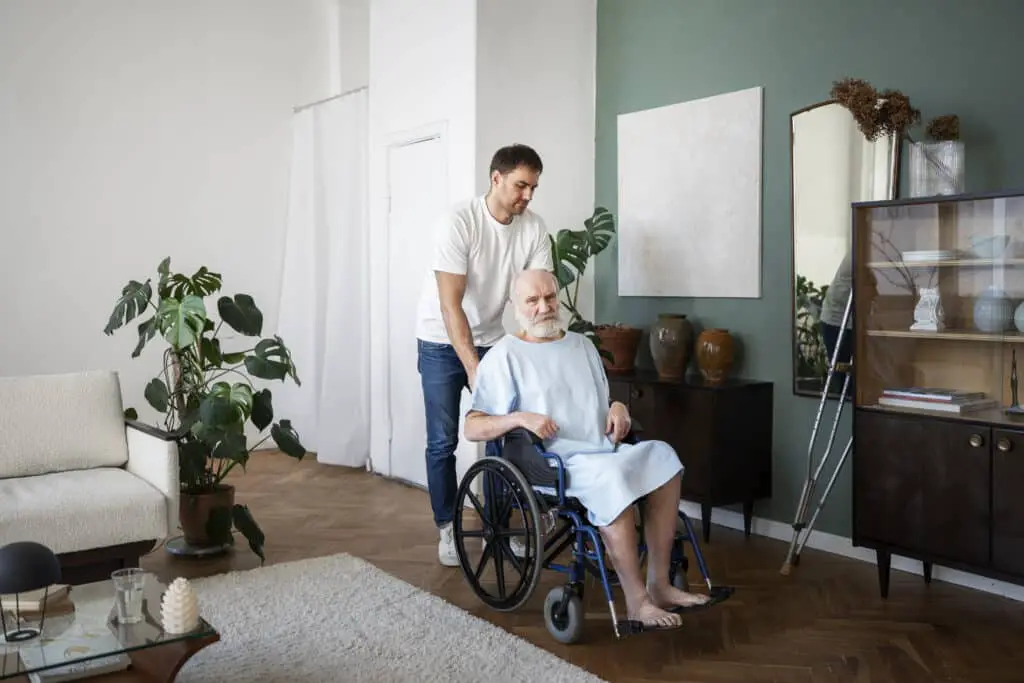
What Makes a Home Senior-Friendly?
When we talk about making homes good for older folks, we mean making them safe, easy to get around in, and comfortable. Here are some simple ways to do this:
- Everything on One Floor: It’s great if all the important rooms, like the bedroom and kitchen, are on the same level. This way, there’s no need to climb stairs.
- Roomy Doorways and Halls: Doors and hallways should be wide so that someone using a wheelchair or walker can move easily.
- Flat Entrance: The main entrance should be flat or have a ramp, so there are no steps to climb.
- Floors That Prevent Slipping: Floors should be made of materials that don’t get slippery to help prevent falls.
- Lots of Light: Good lighting helps people see better and reduces the chance of tripping or falling.
- Bathroom Safety: Bathrooms should have walk-in showers, bars to hold onto, and toilets that are a bit higher to make them easier to use.
- Kitchen at the Right Height: Counters and cabinets in the kitchen should be at a comfortable height, so it’s easy to reach things without stretching or bending.
- Easy Handles and Switches: Handles on doors and faucets should be easy to turn, especially for people with stiff hands.
- Help Button: It’s good to have a way to call for help in an emergency, like a button or a system that alerts someone if there’s a problem.
- Storage at Hand Level: Storage spaces should be at a height where you don’t have to bend down or reach up high to get things.
- Safe Water Faucets: Faucets that control the water temperature can prevent burns in the kitchen and bathroom.
- Smart Tech: Things like voice-activated lights or thermostats can make everyday tasks much easier.
By incorporating these features, homes can become safer, more comfortable, and more conducive to the changing needs of an aging population. This not only benefits older adults but also adds to the overall functionality and adaptability of the housing stock.
Conclusion
The issue of housing for boomers is critical and needs immediate attention. Innovative solutions, forward-thinking policies, and a collaborative effort between various stakeholders are essential to address the unique housing needs of the baby boomer generation. Ensuring that our housing stock evolves in line with demographic shifts is not just beneficial for baby boomers but also for the overall health and sustainability of our communities.
FAQs
What is the primary challenge in housing for boomers?
The main challenge lies in adapting the existing housing stock to meet the specific needs of an aging population, such as accessibility and safety features.
How is the demand for housing expected to change as boomers age?
Demand is shifting towards more senior-friendly housing, with a significant increase in households led by individuals aged 75-84.
What are some potential solutions to the housing crisis for boomers?
Solutions include developing age-friendly housing, implementing supportive policies, and modifying existing homes to suit the needs of older adults.
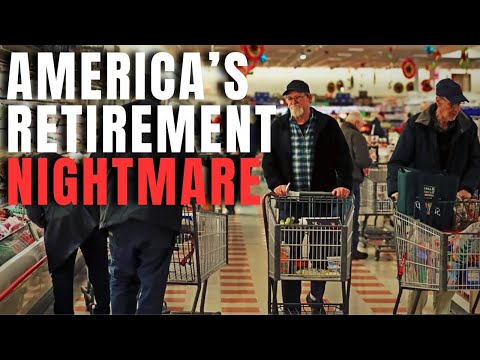
Related posts:
 Affordable Rental Provider Repays $710K to Arlington County
Affordable Rental Provider Repays $710K to Arlington County
 Reduce Your Environmental Footprint: Simple Water Conservation Tips for Your Home
Reduce Your Environmental Footprint: Simple Water Conservation Tips for Your Home
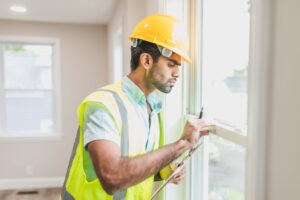 10 Precautions to Stay Safe During a Home Renovation
10 Precautions to Stay Safe During a Home Renovation
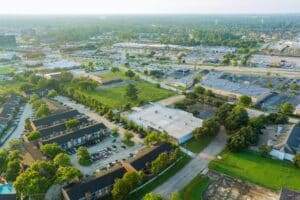 Increase in US Home Construction in 2023 Signals Robust Market Recovery
Increase in US Home Construction in 2023 Signals Robust Market Recovery
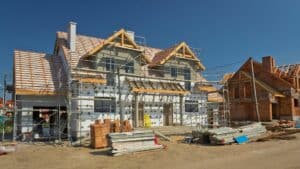 New Construction Homes Sales Increase in 2024: A Look into the Rising Trend
New Construction Homes Sales Increase in 2024: A Look into the Rising Trend
